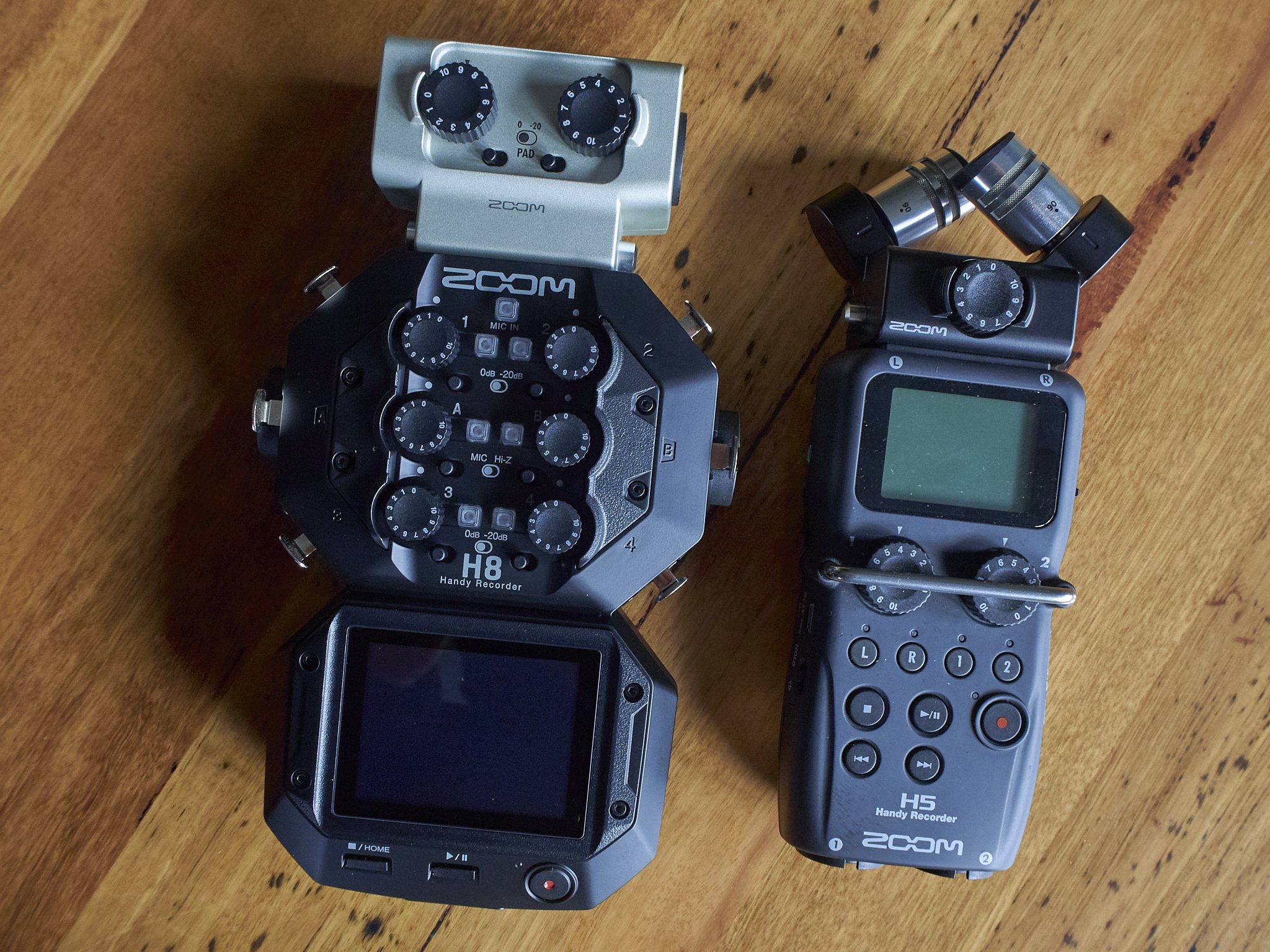No Lewitt DPT 340tt for a month or more, so I switched to the DTP 340 REX. None of those for even longer, but the company I was dealing with withheld the right to refund me (my bad, agreed to their terms but missed the no stock warning). If so I could chase one of the elusive Lewitts, but now it is either a long wait or rethink.
Ok, what to do.
Every compromise I have had to make has worked out, so I decided to think more along the lines of the handy generalist rather than specialist needs, something I pretty much decided on with the 340tt, then went away from with the REX.
The need is for a lower register instrument mic, and another possible vocal option.
I have decided on the sE V7x, the instrument tuned version of the V7.
As a vocal mic, many like it, but it handles badly, needs a decent pop filter and is too strong in low frequencies to avoid either completely.
Bass is handled well enough by this one as it has some pretty extreme proximity effect*, something sE actually shows on their frequency chart, so they obviously think it is a useful tool, not a weakness. This can add that lower end kick if needed, or more balanced detail if backed off a bit. The MTP 440 is the well controlled instrument mic, the TT1 has that European something and the V7x has warm character.
Again, going into a camera not a mixer, so it’s more about listenable effect than sonic perfection.
I like this. The V7x was on my radar early on, then Lewitt became dominant, but each to their own. The Lewitts own the condenser space for me, the sE’s have a solid presence in the dynamics.
The sE set now covers bright, neutral and deeper. The Lewitts give me the condenser fine detail and area cover and the TT1, yet to be defined, adds maybe what ever may be needed. The sE V7x now guarantees the sE V7 can be reserved for vocal use.
The V7x and MTP 440 are both deeper sounding than the presence forward SM57, meaning I do have options down in the sub 100 Hz range. Not lots, but also not specialising. I am not going to mic a kick drum specifically, but may need to point something grunty at a set or pick out a Cello.
The H8 also arrived today.
Very impressed.
It is lighter and smaller than I thought, not much heavier than the H5 and it has smaller dials and hard plastic build rather than the rubber coated…..hard plastic of the H5. The H5 seems bigger in scale, simpler in options.
The H8 feels hard, precise, clicky and reassuring. The “softness” of the H5 is quite different. The Metal EXH-6 on the H8 actually makes it feel top heavy, but it also feels right. The XYH-6 capsule now switched to the H5 to empower it a bit* is also quite heavy compared to the XYH-5. Bit of an ugly pair, but workable.
The two XYH capsules are also interesting when compared.
I have heard comparison recordings and I personally rate the XYH-6 as better to my ear. It also has the 90/120 degree option, so the H5 will have a slight boost in performance, the H8 is reserved for XLR inputs where it is a better performer (most owners and reviewers say the H series are all equal in capsule performance, but not in XLR input recording, which is the real reason for the H8).
They do not look hugely different, but the H-6 on the left is about twice the weight and the foam and fluffy I have for the H-5 and H1n are not going to work. The mics in particular are huge. The capsule was a bonus, effectively shaving $100-150 off the real price of the H8, but I am thinking now that the H5 may get more gigs as a main player with this and the SSH-6 as options. Not just a backup option, kind of like getting two new recorders at once.
The XYH-5 capsule is now “relegated” to the F1 as a compact on-camera option, making the most of the F1 and its own shock mounts. The MKE-400 is my first choice on-camera mic, but sometimes I want something different or more powerful.
*Responds possibly disproportionately well to lower frequencies the closer you get.

